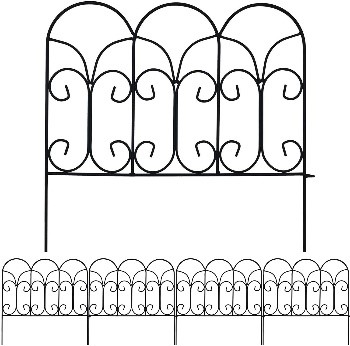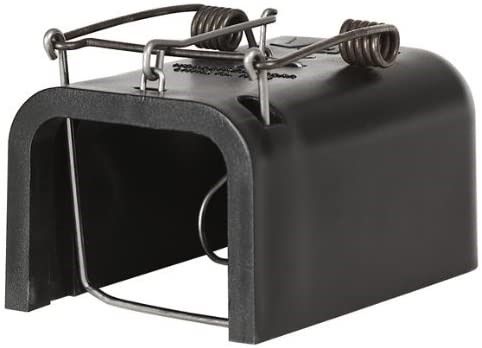
Don’t Fence Me In
LaVille and I were poking in 36” fencing around a Rudbeckia that had grown crazy tall and threatened to bend over into a mess. Beneath that fencing was another grouping of 18” fence sections that were no longer effective. I was reminded of how often we have used the short fence sections. Here are several reasons you may want to consider a purchase. Frequently one plant will outgrow an adjacent one and shade it out. A single fence section can be placed between them to separate the foliage. Simply propping up a plant that is unable to support itself is useful. Plants can be held away from your lawn to prevent interference with mowing. You can create a safety barrier to protect plants when you drag a hose around the garden. Finally you can make a reminder barrier to stop human traffic. I can’t tell you how many mini sprayers I broke off by stepping across a planted area. A single section of fence stopped that. You might even want to spray paint a traffic stopper white to make it more noticeable.
If you purchase sturdy fencing, it will last a lifetime. I would suggest you avoid “wire” fencing as it may not have the strength or durability you require. Also pick a style that has a loop attached to one side. This is for joining sections together as you will slide the stake at the unlooped end of a second section though that loop. This means of attachment makes all kinds of articulation possible. The fact that sections can be separated make storage easier, and they can be stored out in the weather.
“So . . . Why the weird title,” you ask. Well, I just couldn’t resist. You see, if you were my age, that sentence would have more meaning. But then even if you are old, you may never have played cowboy and Indians, which of course would be completely unacceptable in current times. Still confused? Google “Don’t fence me in”, and you will be able to listen to a song of that title. Then you may ask LaVille who she sat next to on a fire engine in a parade when she was seven. You see, her dad had a lot of pull those days in Imperial Valley.
A lot of fencing examples can be found on Amazon—just google “garden fencing”. I think 18” by 18” panels are the most practical size.
Hope to hear you singing those familiar lyrics the next time I see you.
Stan, The Singing Cowboy (I wish)

Wire Fencing

